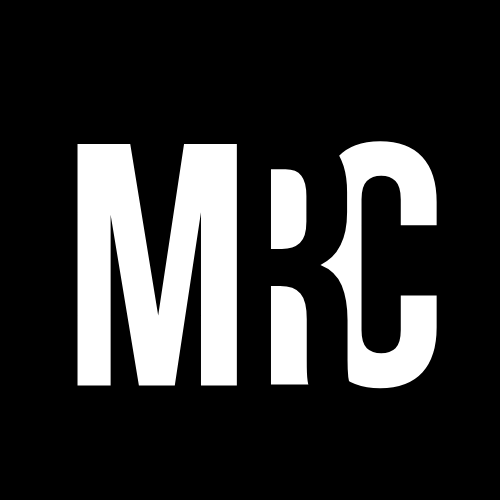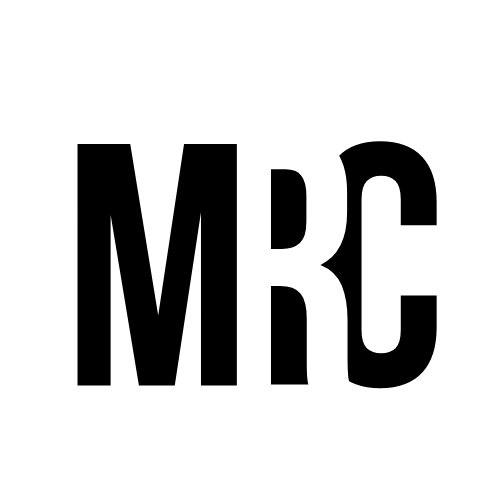Opposition To Proposition
It is natural for us to disagree with how other people see and do things since we all approach the world from our own unique perspectives and lived experiences. When it comes to working with large groups, especially at government levels, those disagreements become many! There is a reason governments tend to have what is called an “official opposition”, it makes sense that whoever holds the most power should be challenged to prove that their ideas and way forward are actually best. However, if all we do is oppose and disagree with what other people are doing, it becomes difficult to imagine a different outcome. If all we focus on is the problem, all we are going to get more of, is the problem. That’s why I try to think of how I can turn my feelings of opposition, into a solution, an idea or a proposition.
I have learned, from trial and error, over many years, a process for me to channel my feelings of frustration and disagreement into a solution that I can then work on and invite others to come work on with me too. It involves acknowledging my feelings, dealing with the inevitable mental health fall out that follows, doing research on gaps and existing services and concludes with proposing a solution or an idea. Here’s an example: for many years I did community organizing around anti-violence, a noble cause to stop the violence. But in that example we were still giving our attention and energy to “the violence”. We asked people what prevented violence, what was the opposite of violence and that’s when Indigenous kinship systems were identified, loud and clear, as the solution that our community desired. That simple solution continues to guide my work and the work of many urban Indigenous leaders and organizations that want to address the many health and poverty related challenges our families are facing.
If we look at discovery of the problem as our first step, there are three subsequent steps that can be taken to move us from opposition to proposition. This work requires a level of emotional honesty and real talk that is common in the inner city and is one of the many lessons I see us using that other systems could benefit from. Take a look at the four steps below:
IDENTIFY PROBLEM - Focus on Systems, not individuals:
You will feel it in your head or heart or both when you disagree with someone in a position of leadership. It can be helpful for both you and the leader you disagree with if you are able to find the words to identify and communicate what you feel the problem is.VENT & LET OUT EMOTIONS - Find a safe space or person to share your honest reactions:
Whether it's journaling, screaming into a pillow or visiting your loved one for tea, make space in your schedule and get the necessary support and supplies you will need to let out your emotions, tears and all in a safe and non destructive environment.RESEARCH & RESOURCES - Find the helpers, find the gaps:
Look for and connect with all of the people who are currently working or helping in the area you're interested in. Keep an open mind, sit with those who have different perspectives than you and you will be able to determine the gaps and spaces where you can be of help to everyone, and they will help you back .SOLUTIONS & ACTION PLAN - Working with others helps us go farther, faster:
Once you've identified your solution - build your team and make your action plan! By delegating among the helpers, you can use everyone's natural abilities & give them tasks they will enjoy completing. Find a routine to check in and support each other as you progress!
I always want to finish with an action plan that has measurable and clear targets. I have learned in more than a couple initiatives in recent years that when we have easy to understand goals it can help to motivate the team. A word of caution though, unrealistic targets that we cannot affect or influence can demoralize or discourage a team. There were projects where the metrics and measurements that we used determined that our was no longer viable. People want to feel like they are making a difference and their contributions are making a positive change. In other contexts, we saw such success with community defined measurements that we continue to build on to this day. At the end of the day, by honouring relationships of the community members you work with, it is possible to move from simply opposing others, to proposing and building on solutions you help design.


